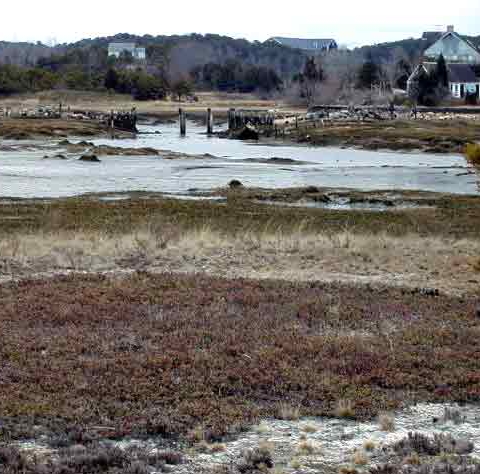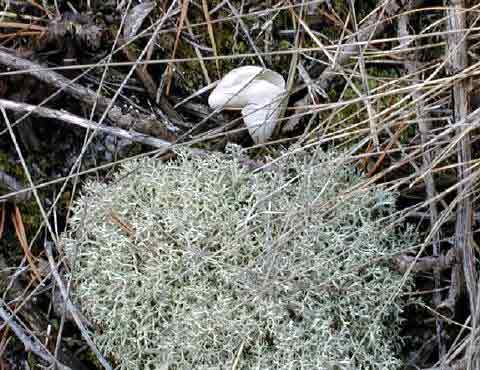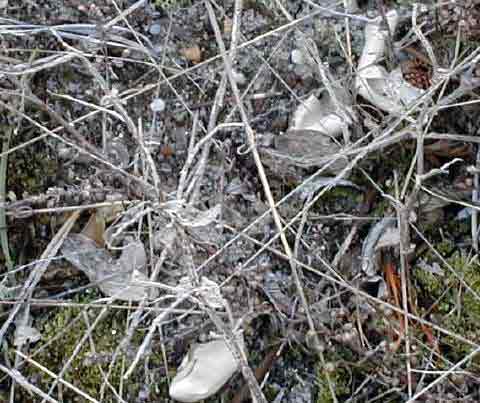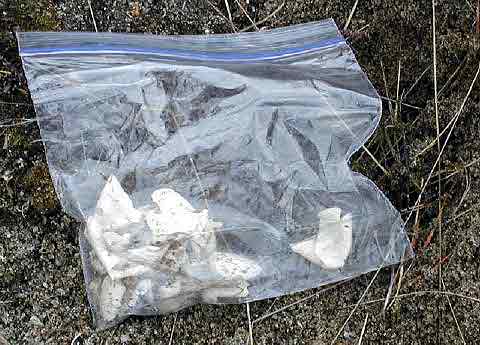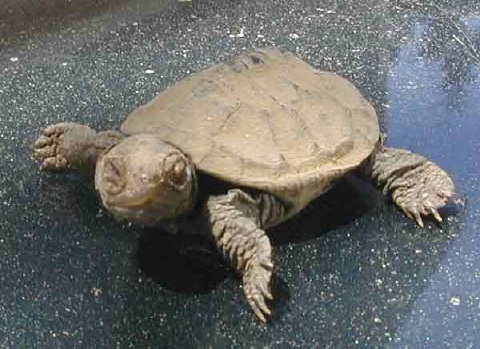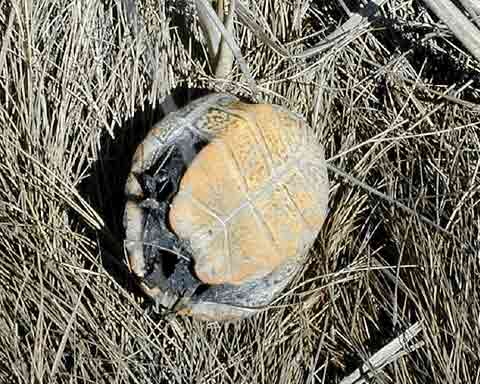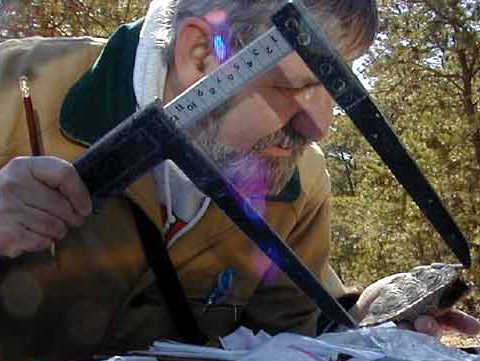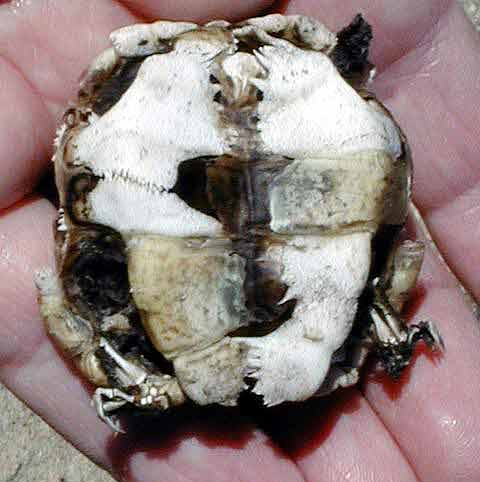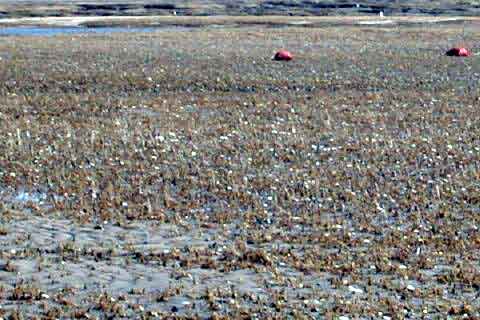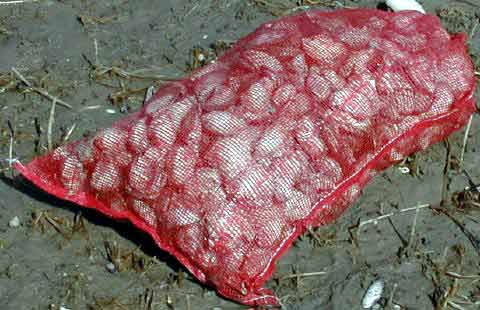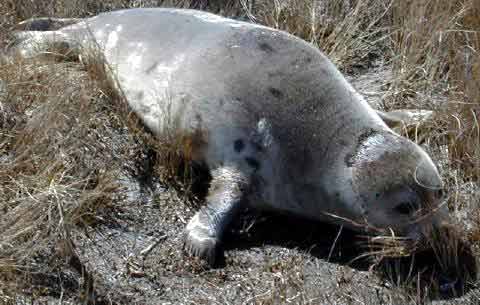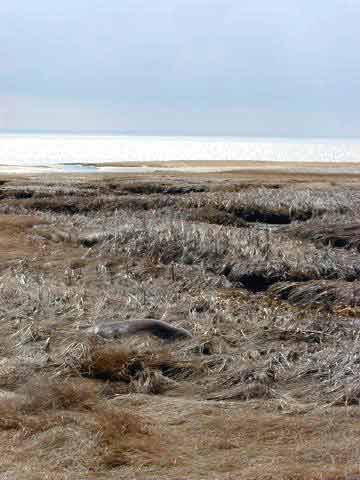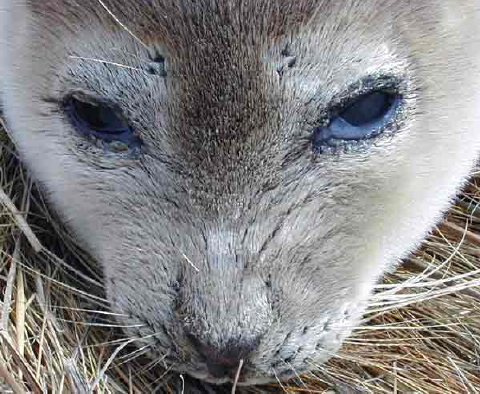Nothing is more exciting to a field researcher than discovering a new nesting site. It signifies a wealth of possibilities for our threatened friends, as they claim yet another beachhead from which to cling to survival. So, join with me in celebrating a wonderful find on this last day of March.
In the center of Wellfleet lies Duck Creek, once crossed by a long abandoned railroad line stretching out here to the end of the universe. The creek runs into the Wellfleet basin and pier, which bustle in frenetic activity each summer as urbanites frantically scramble to relax in our rustic hamlet. The mutts and I braved a set of intimidating “PRIVATE: NO TRESPASSING†signs as we checked the wrack line for any terrapins which may have been dislodged from their winter hibernacula by the last set of new moon tides. The area is dotted with vacation cottages, now boarded and ghostly in the chilly March overcast.
Wellfleet Town Center on Duck Creek
On an easy facing knoll, opposite the old railroad bridge, I spotted a series of scratchings and indentations which could only signify — at least to this terrapin researcher — a nesting site. On closer examination, the entire hill was pocked with digs. Now, to an untrained eye these signs may have pointed to a oft-visited dog run. But, no, I was sure I had found an unknown terrapin nesting site. The problem, of course, is that with no evidence other than earth disturbances, my assessment would be mere speculation. And March is a bit late in the year to expect to find remnants of nesting activity.
But the gods smiled.
Diamondback Terrapin Egg Shard
Tucked near a tuft of vegetation I spotted the first terrapin egg shell. Tracing a line back to the nearest dig, I found some more hatched shells.
More Terrapin Egg Shards
And, finally, excavating the nest itself yielded a total of 15 hatched terrapin eggs.
Terrapin Egg Shards Bagged for Analysis
The Duck Creek terrapins have a new nesting site, or at least one we never found before. And tourists who invade the surrounding cottages each summer will have a bit of natural miracle hatching right under their bedroom windows.
